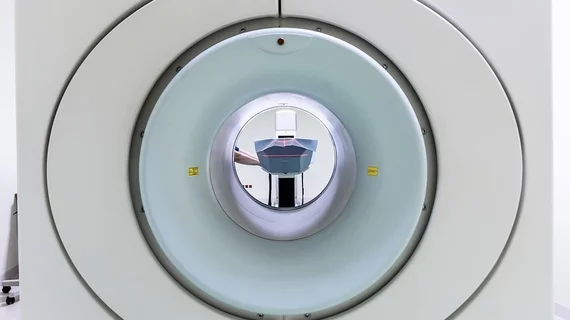Multiparametric MRI an effective tool for monitoring prostate cancer patients after focal therapy
Multiparametric MRI can provide value by highlighting changes in the prostate following MRI-guided focal laser ablation (FLA), according to a new study published by the American Journal of Roentgenology.
“The principle of focal therapy is to completely eradicate the cancer within the prostate while minimizing damage to the surrounding structures essential for normal urinary, erectile, and bowel function,” wrote Charles Westin, MD, department of radiology at the University of Chicago, and colleagues. “One of the challenges of using focal therapy for prostate cancer is follow-up assessment of the patient after treatment.”
The authors evaluated 27 patients with clinical category T1c or T2a prostate cancer. The median patient age was 62 years old. Each patient underwent MRI before and immediately after the MRI-guided FLA.
Overall, MRI performed immediately after the MRI-guided FLA showed a hypovascular defect in the ablation zone of all 36 treated cancers.
Also, three months following the FLA, MRI-guided biopsies of the ablation zones were performed. No evidence of cancer was found in 96 percent of patients. One year following the FLA, however, biopsy revealed recurring cancer in 10 patients; the cancer was at the site of the ablation for three patients and outside of the site of the ablation for eight patients. One patient had cancer detected both in and outside of the site of the ablation.
“Multiparametric MRI can show postablation changes in the prostate and can be a valuable tool for the follow-up of patients who have undergone MRI-guided FLA,” the authors wrote. “Contrast-enhanced MR images obtained immediately after ablation are very important in delineating the ablation zone.”

